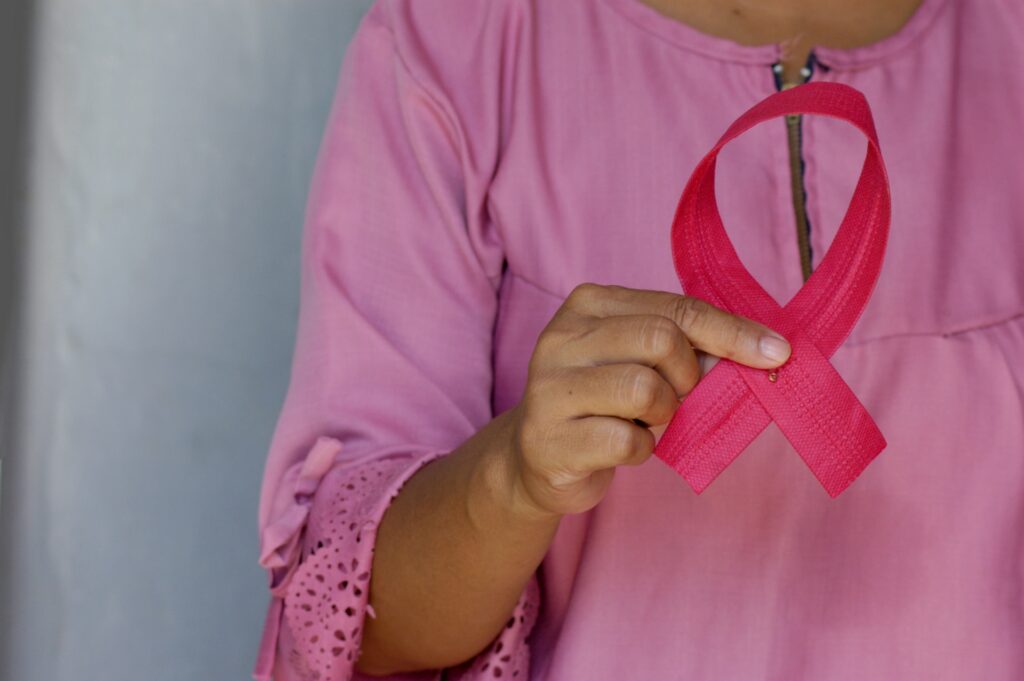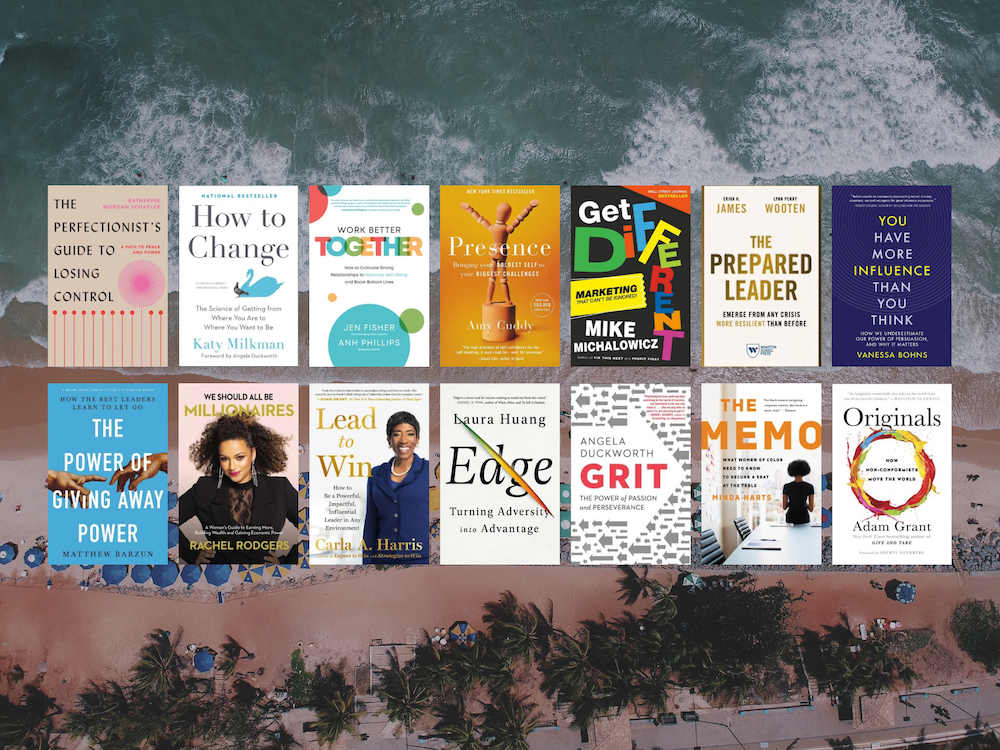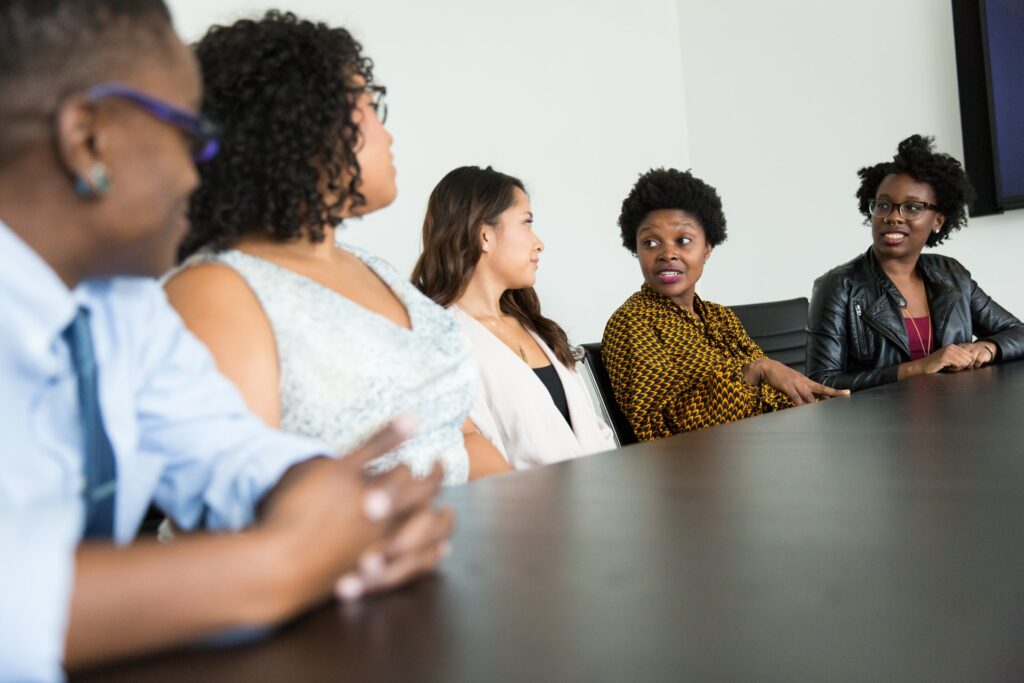Roe v. Wade: what now?
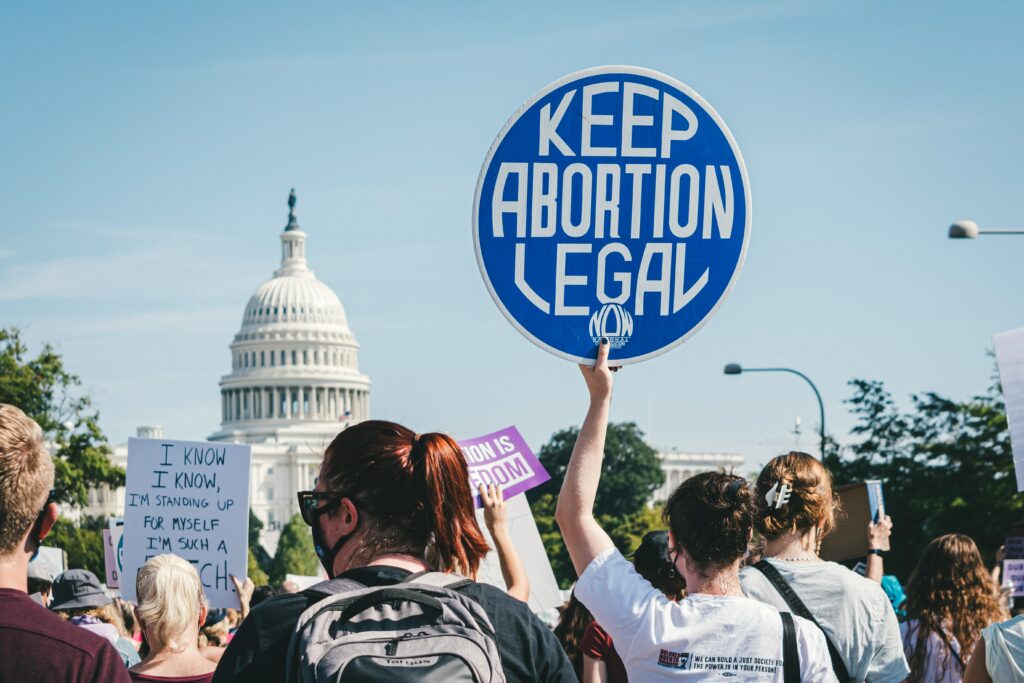
Women’s access to reproductive healthcare and gender equality are inextricably linked. Telling women what they can decide to do or not do with their bodies is wrong. Full stop.
The 72 hours following the overturning of Roe v. Wade by the Supreme Court of the United States have been quite the ride, with our community alternating between fear, anger, disgust, anxiety, embarrassment (on the world stage), helplessness, the urge to act, despair, rage and back again.
Some of you reached out and shared your stories and reactions to the Roe v. Wade news:






The time is now to process, recuperate from the gut-punch of the decision (no matter how expected this may have been, the moment we heard the news truly took our breath away), and build a plan for action beyond voting in November.
At times like these, it can sometimes feel helpless, but we recall the words Willie Sullivan shared, during the protests for racial justice following the murder of George Floyd and discussions on Emory Goizueta’s campus that followed, culminating in the creation of the John R. Lewis Racial Justice Case Competition: ”there are truly people in this country who are powerless. That have no power whatsoever. And nobody going to a top… business school in the United States, is one of those people.”
And this came up in an unrelated discussion focused on influence and power in the workplace and in life, but worth revisiting right now: power is often thought to be something that only others hold, but as Professor Vanessa Bohns shared with us: you already have all the influence you need. It is on us to advocate for and demand the change we want to see.
It’s impossible to advocate for women to pursue their fullest potential and forge a path to the C-suite, without speaking about the fall of Roe v. Wade and what we can do, as the next generation of leaders, to challenge and work to rectify the situation.
Let’s get into it.
What’s happening now with Roe v. Wade
- Abortion After Roe: New Comprehensive Map Tracks Abortion Policies and Statistics for Each State
- Americans in 26 States Will Have to Travel 552 Miles For Abortions
- How Abortion Bans Will Ripple Across America
- The fallout from overturning Roe
- Here’s how the Supreme Court’s Roe v. Wade decision could affect health insurance coverage
- How the repeal of Roe v. Wade will affect training in abortion and reproductive health
- Abortion Providers Confront New Landscape After Roe
What’s also true
- What Are Abortion Pills and How Widely Are They Used?
- JPMorgan to reimburse staff’s abortion-related travel
- The Coming Legal Battles Over Abortion Pills
- In Florida, California and Beyond: Both Sides Mobilize Over Abortion
- The business case for abortion care policies
- At-home abortion pill startups gain interest and funding as laws increasingly target access
What we can do
- Donate to Abortion Funds
- Access at-home options and independent providers
- Get involved, politically and as a business leader
- Understand what primary and midterm candidates stand for (Ballotpedia)
- Make sure to participate in all elections (including primaries) (iamavoter)
- Take action with Planned Parenthood (see graphics below)
- Interested in running for office or supporting candidates who are pro-choice? (EMILY’s List)
- How to Get Involved in Local Politics (wikiHow)
- As a business / entrepreneur, sign on to Don’t Ban Equality (or encourage your employer)
- Don’t burn out
- Feeling Numb, Angry, or Overwhelmed by Roe v. Wade News? Here’s a 10-Step Action Plan To Take Care of Yourself
- Come together as a community – share your stories inside MBAchic, write an Opinion piece or email us (everything can be kept anonymous, if you like) so we can share – from men and women – what it has meant to have access to reproductive healthcare in your life and career.
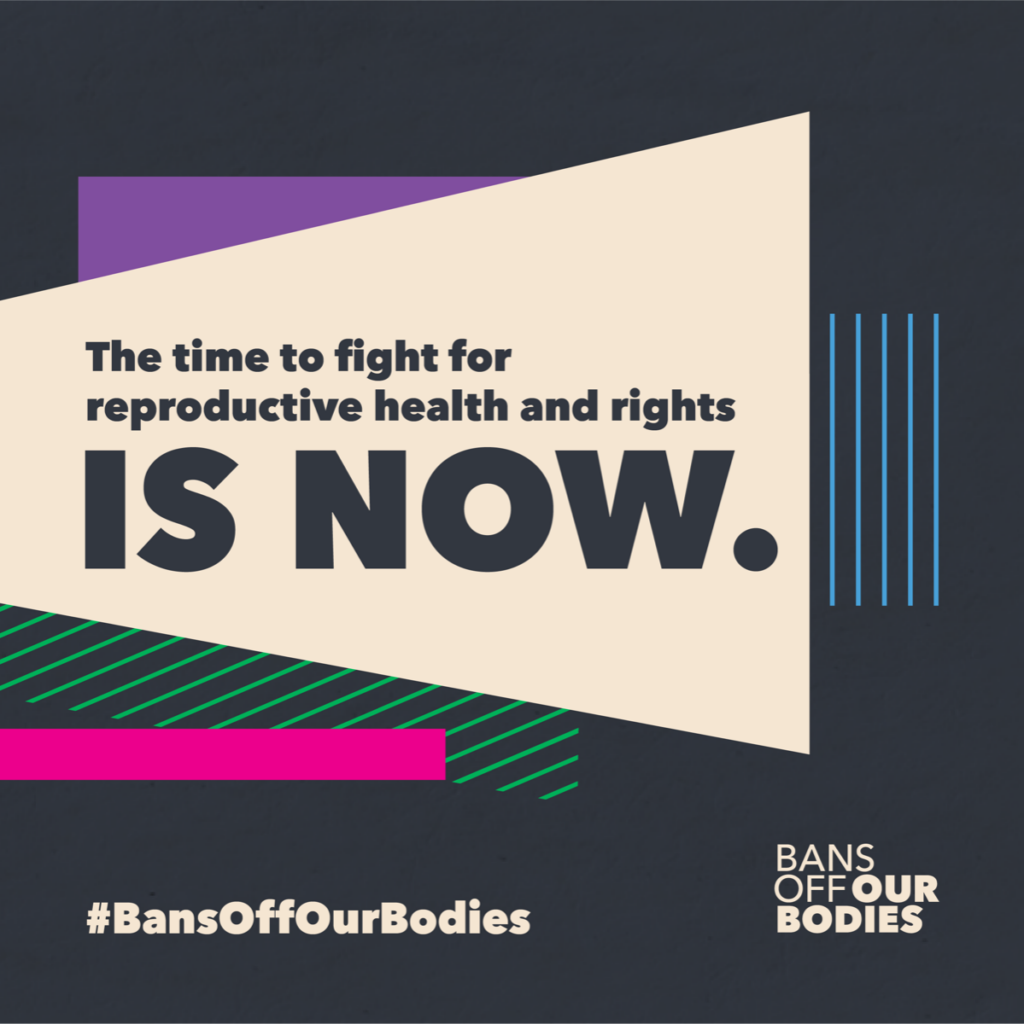


Stay tuned for more from MBAchic on Roe v. Wade and what’s next.

Photo from Gayatri Malhotra



